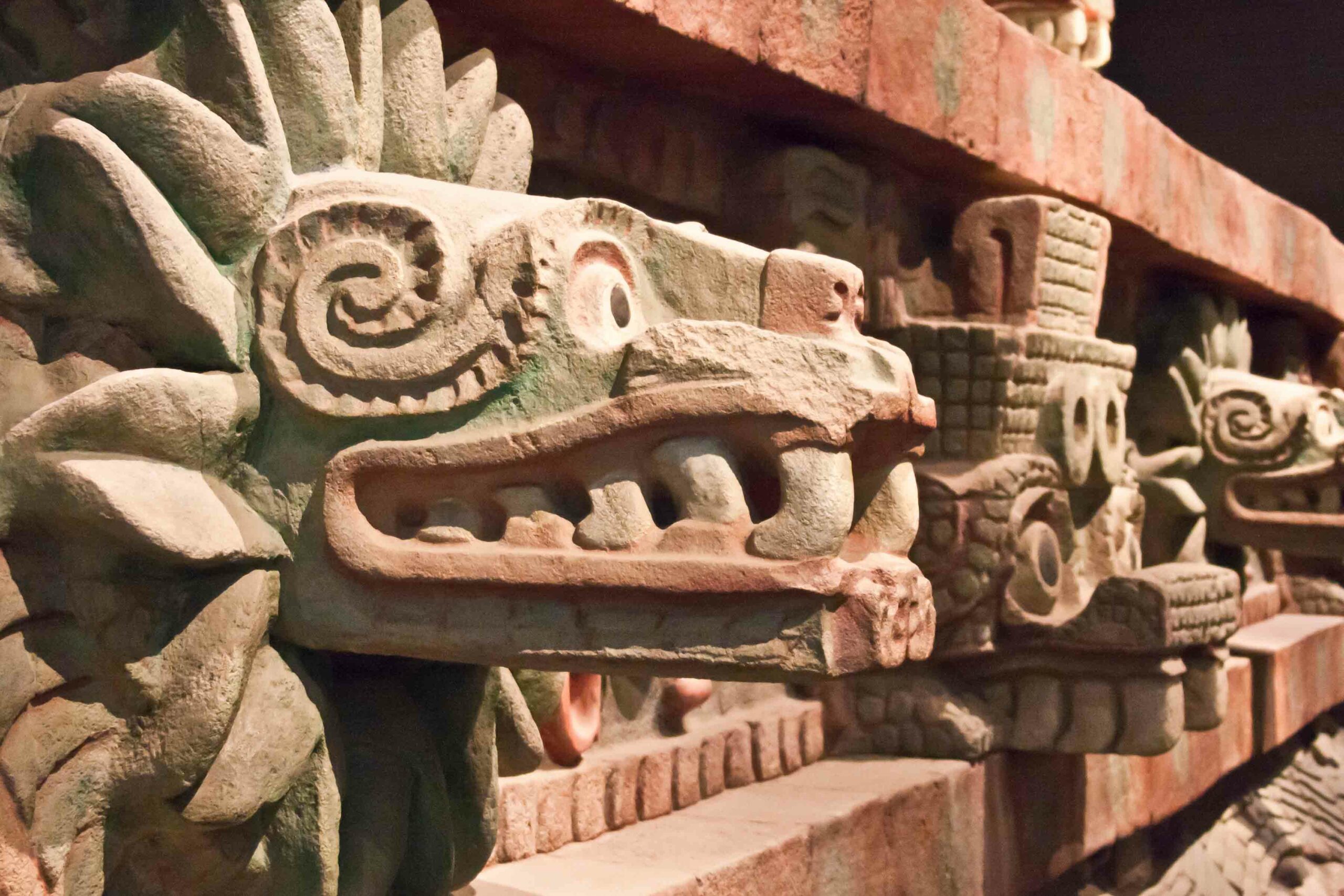Latest News
-
News October 28, 2025
Molecular Analysis Identifies Pathogens in Paleofeces from Mexico
Read Article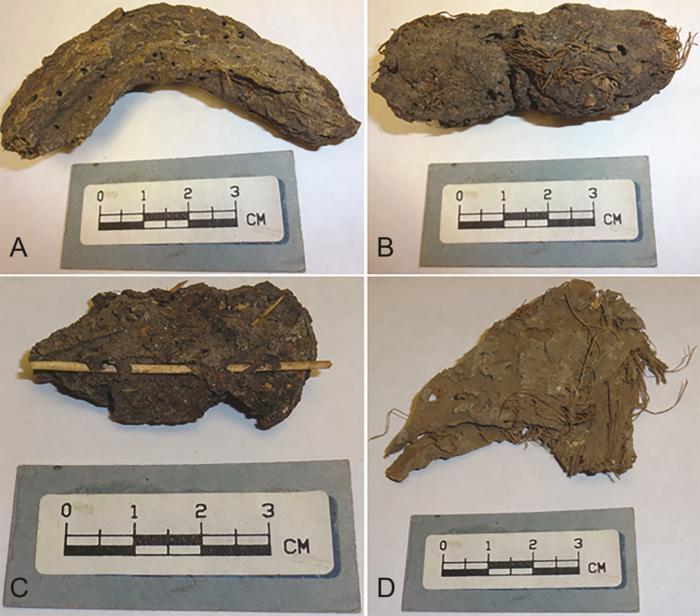 Johnica Winter
Johnica Winter -
 Bucks County Historical Society
Bucks County Historical Society -
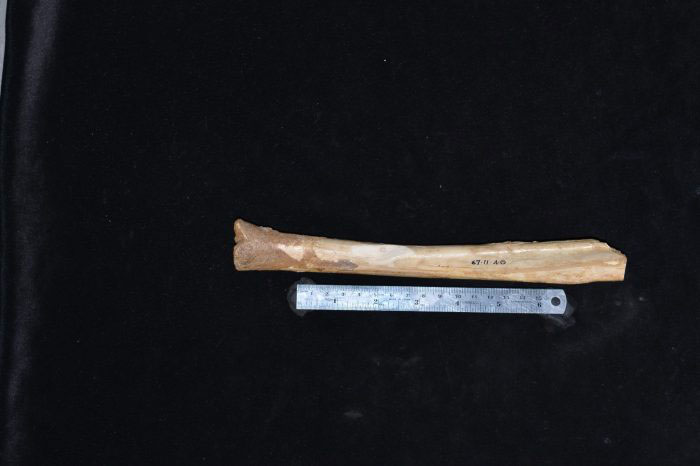 Anna Gillespie
Anna Gillespie -
 Kent/Adobe Stock
Kent/Adobe Stock
-

-
News October 27, 2025
Researchers Explore Possible Use of an Inca Structure in Central Peru
Read Article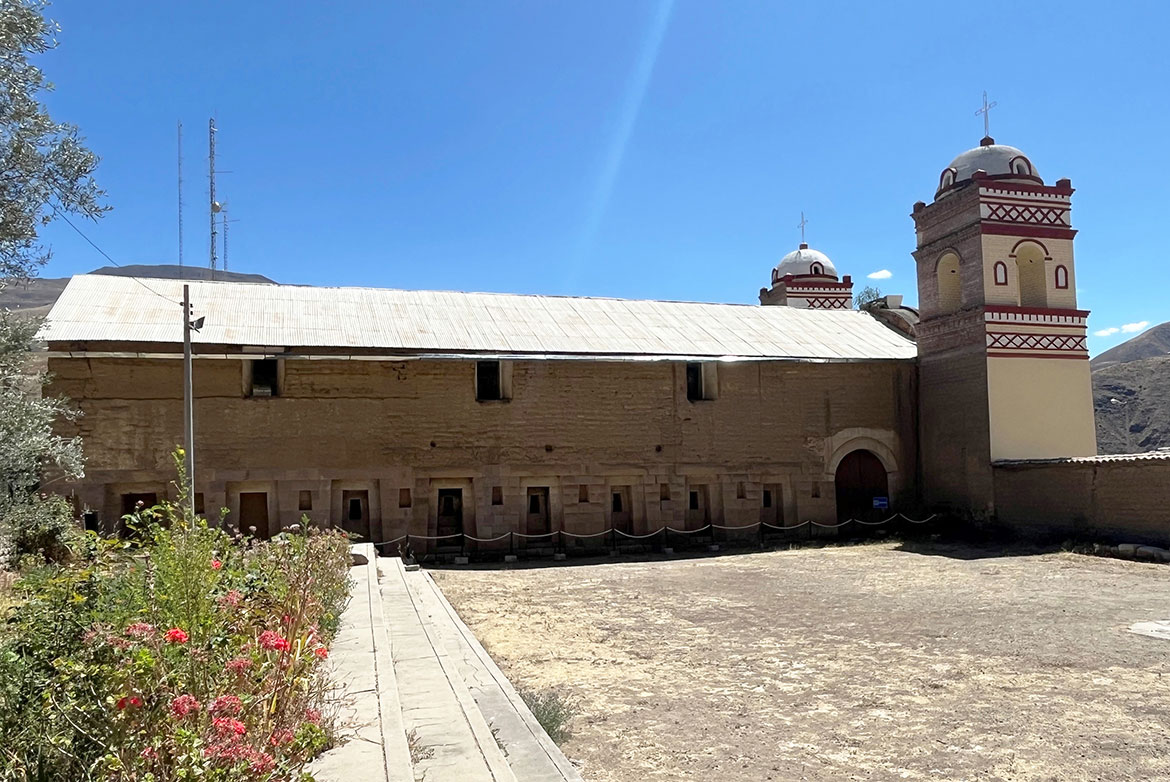 Stella Nair
Stella Nair
-
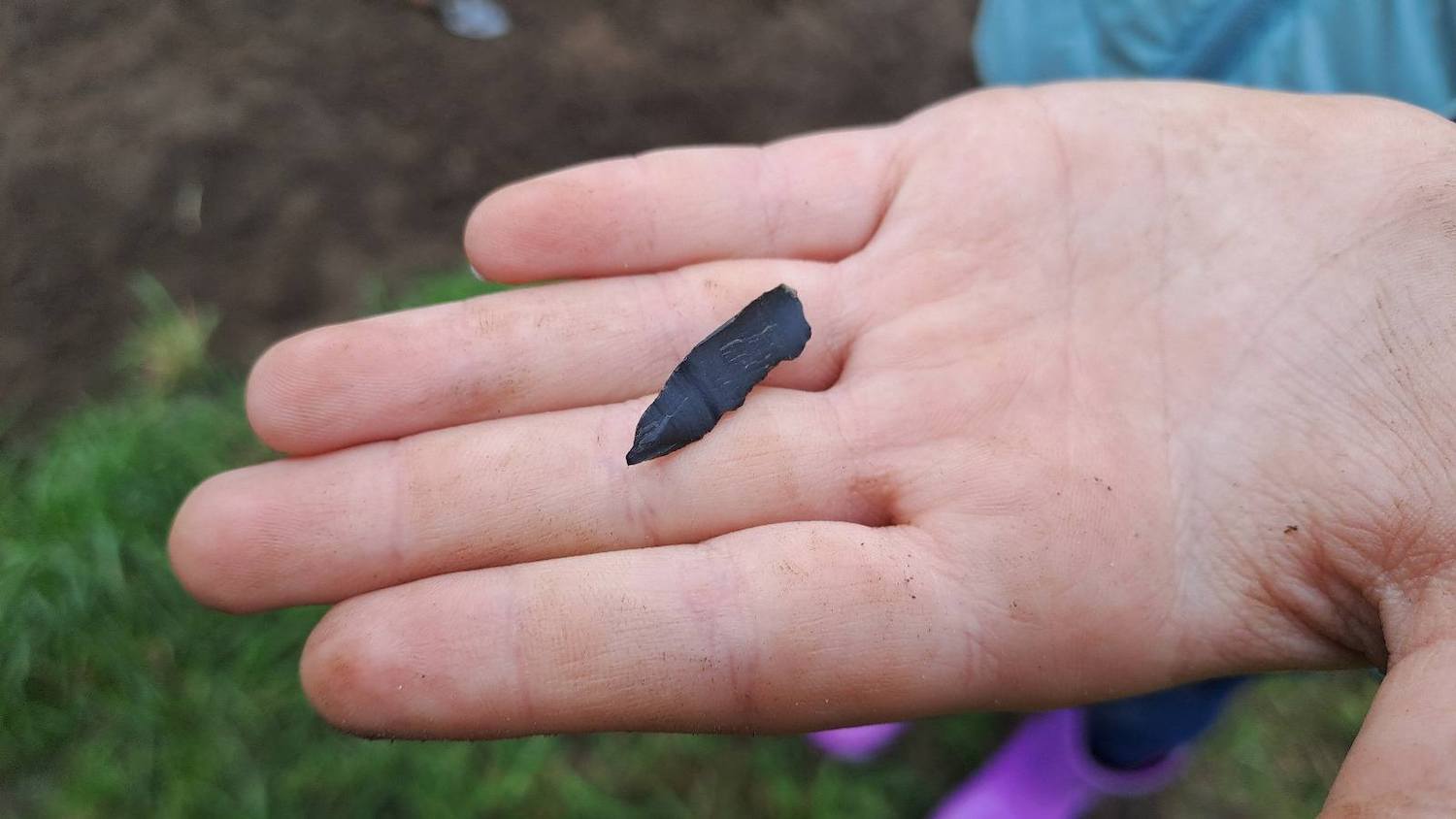 Community Archaeology Program Northern Ireland
Community Archaeology Program Northern Ireland -
News October 24, 2025
Vatican Museums Will Repatriate Objects to Canada’s First Nations
Read Article
-
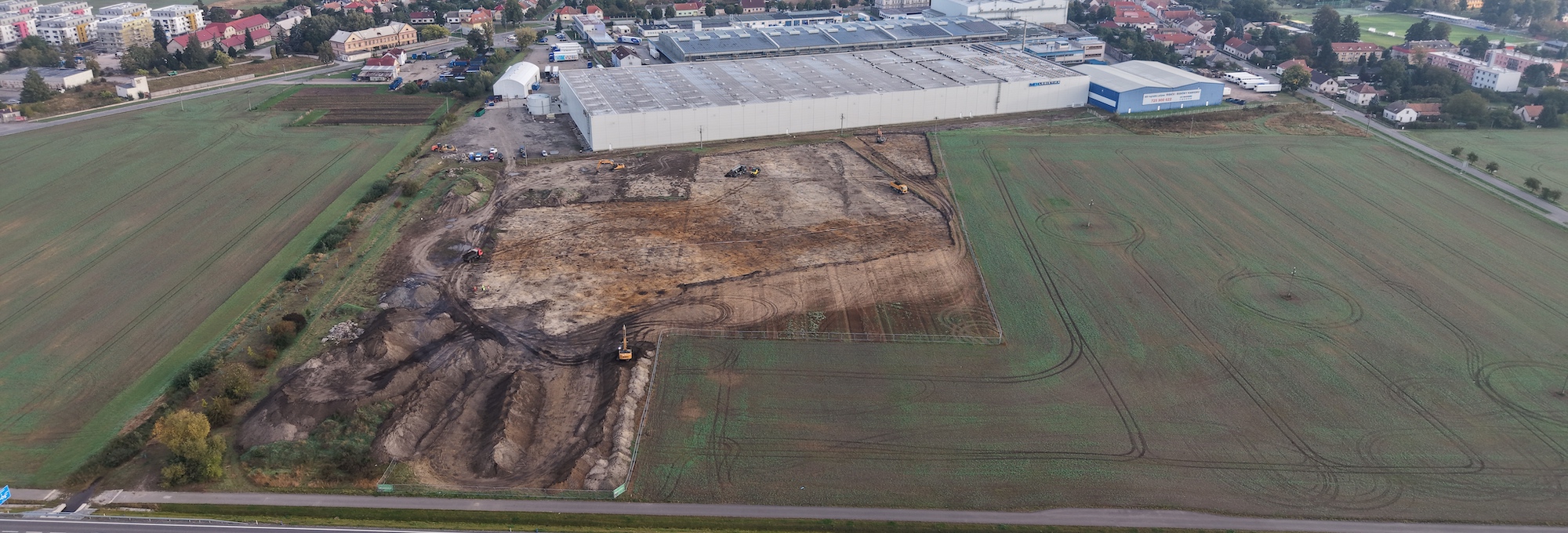 Tomáš Zavoral - East Bohemian Museum in Pardubice
Tomáš Zavoral - East Bohemian Museum in Pardubice -

-
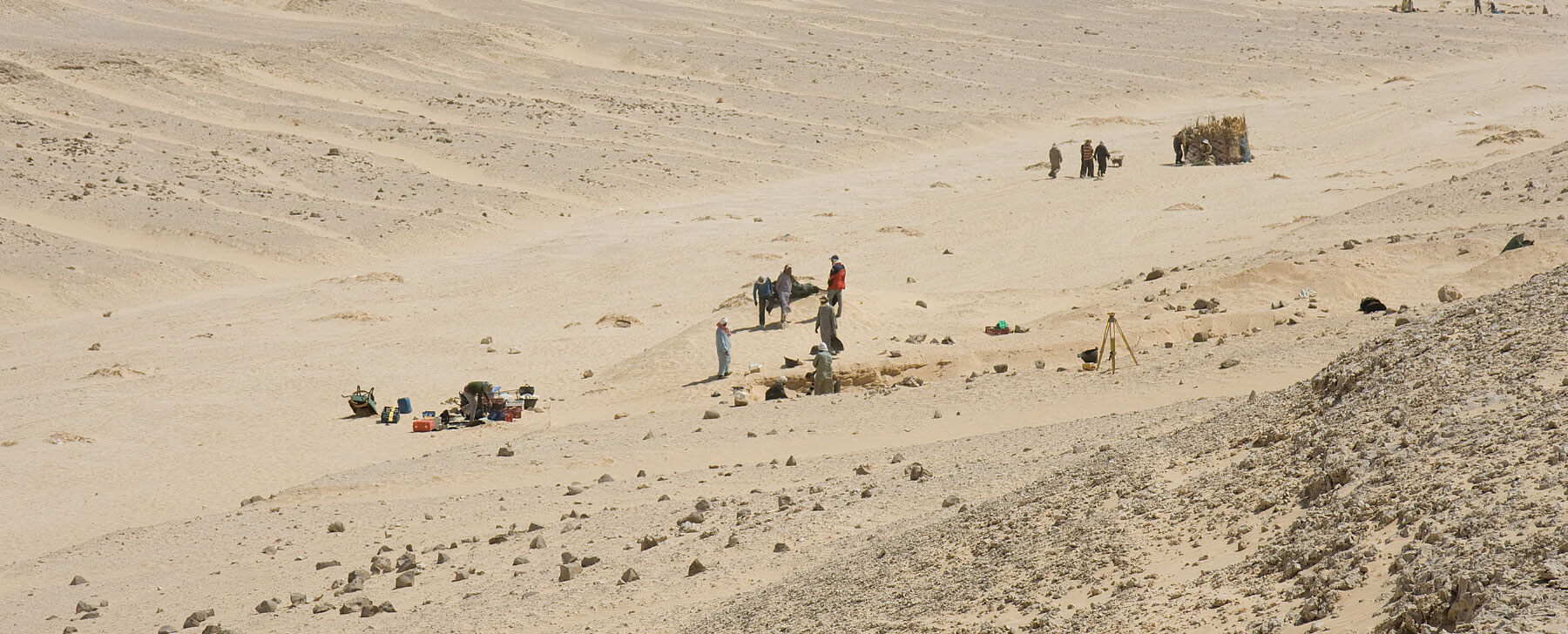 Courtesy Gwil Owen and the Amarna Project
Courtesy Gwil Owen and the Amarna Project -
News October 23, 2025
Inscriptions and Massive Walls Revealed in Ancient Anatolian City
Read Article
-
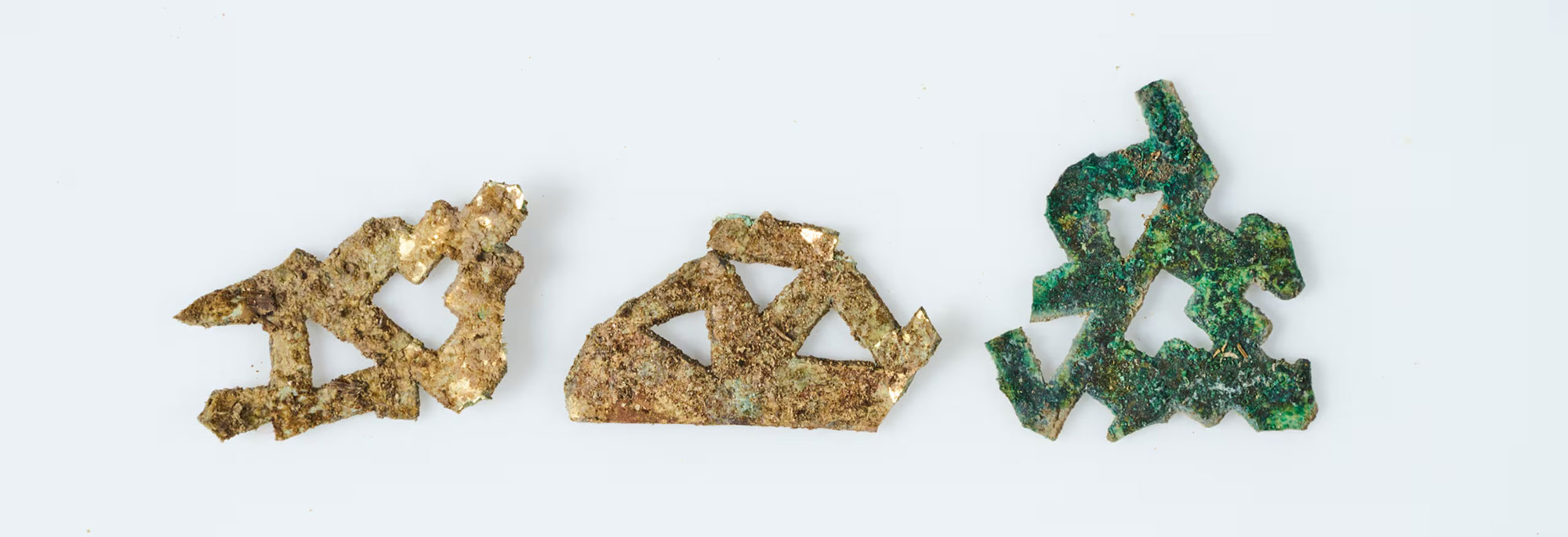 Korea Heritage Service
Korea Heritage Service -
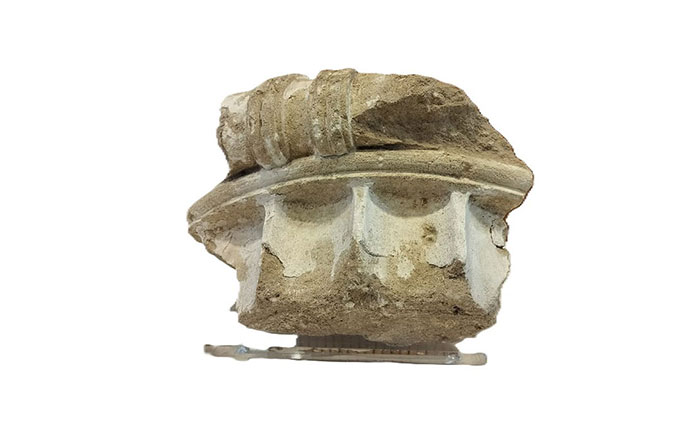 Greek Ministry of Culture and Sports
Greek Ministry of Culture and Sports -
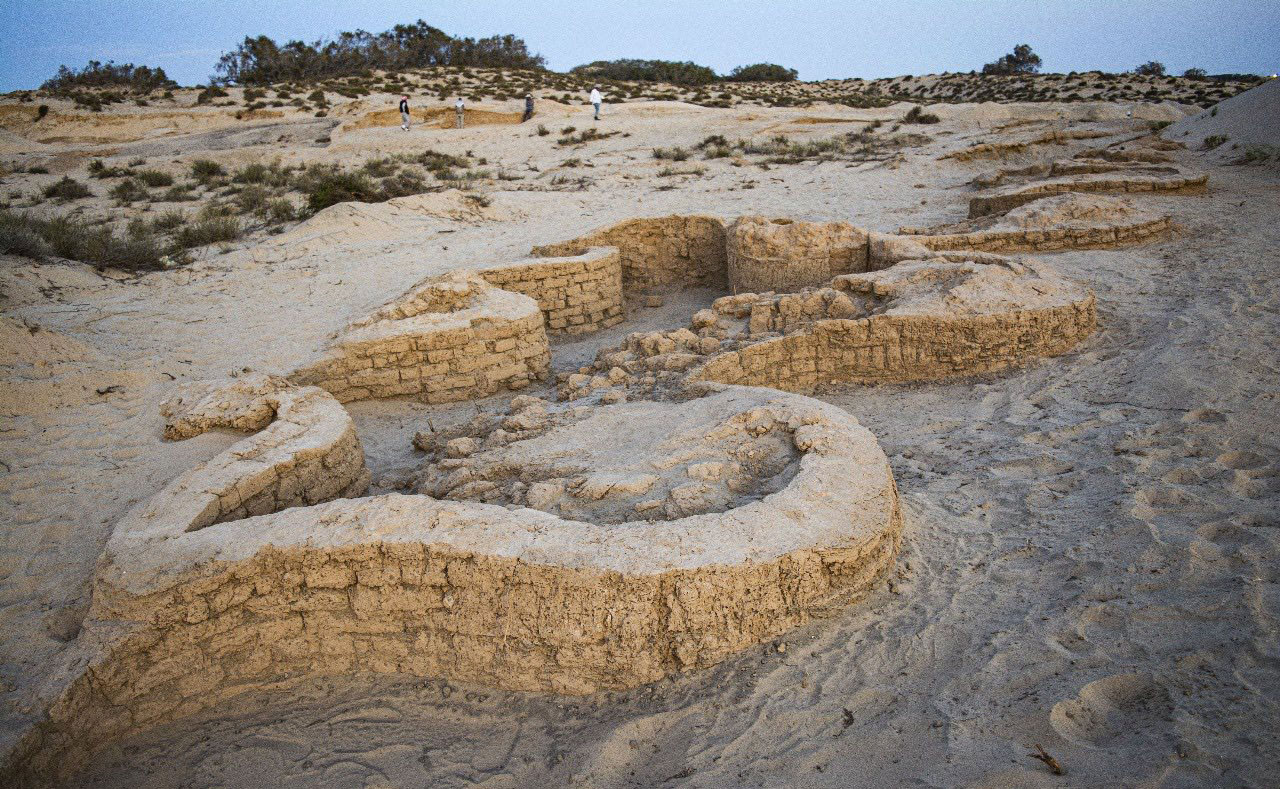 Egyptian Ministry of Tourism and Antiquities
Egyptian Ministry of Tourism and Antiquities -
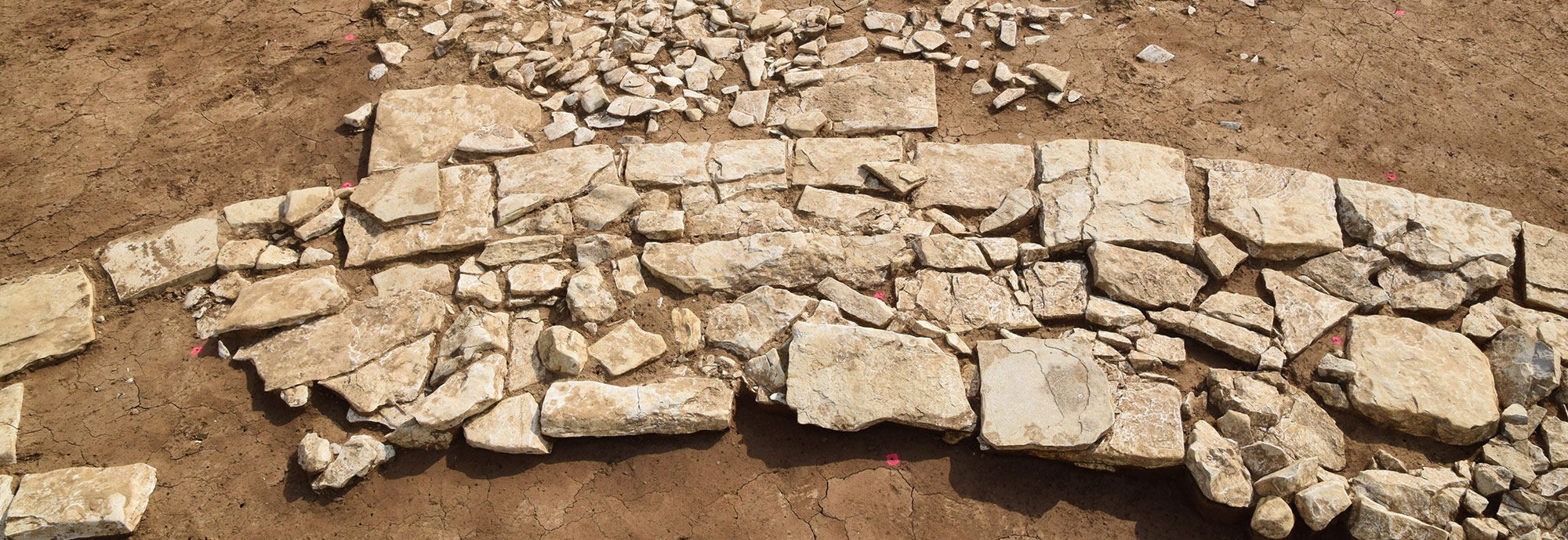 © Archäologiebüro Dr. Woidich GmbH
© Archäologiebüro Dr. Woidich GmbH -
News October 21, 2025
Scientists Analyze Ancient Skeletons Recovered from Croatian Well
Read Article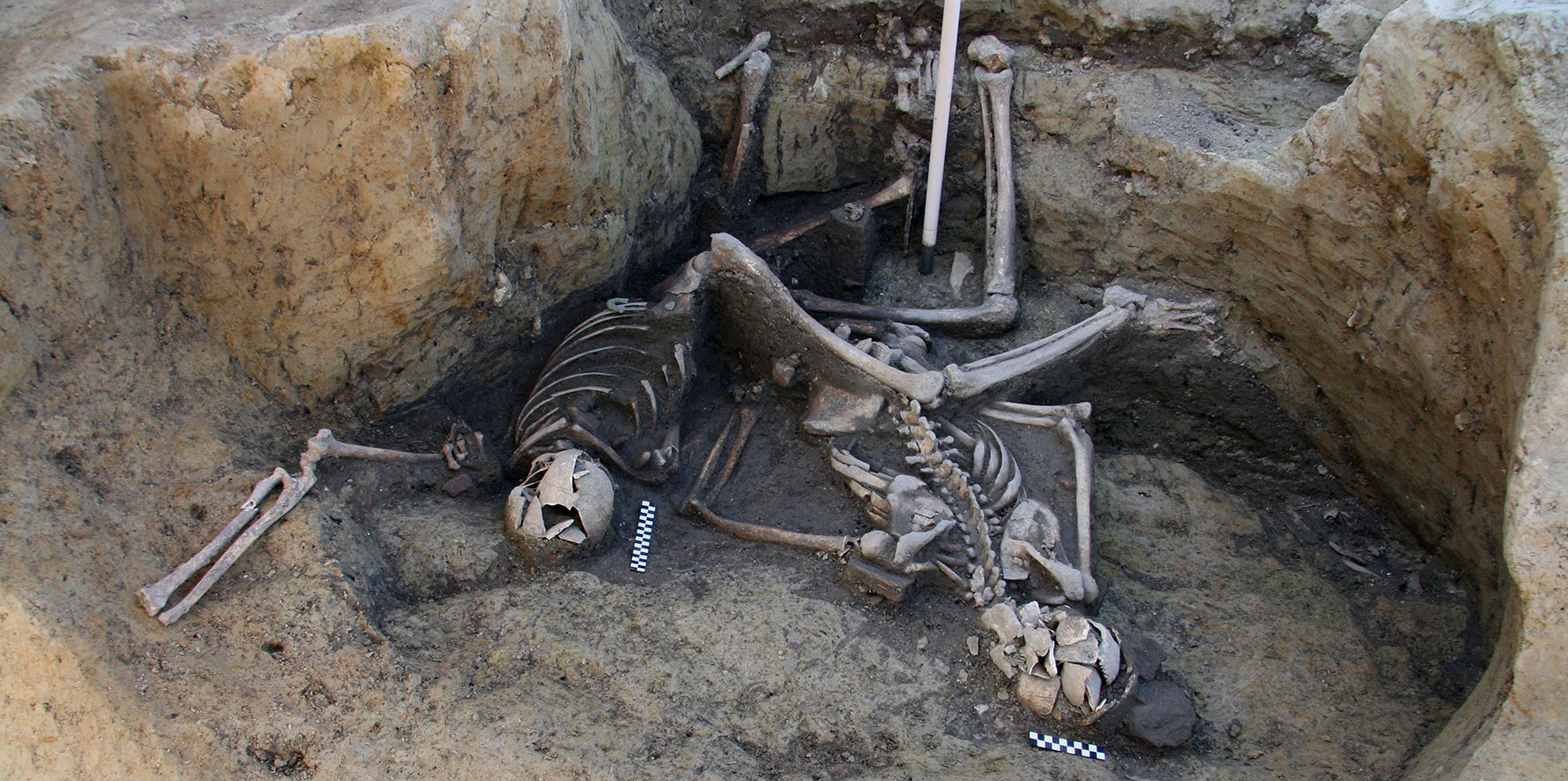 Mario Novak et al., PLOS One
Mario Novak et al., PLOS One -

Loading...


